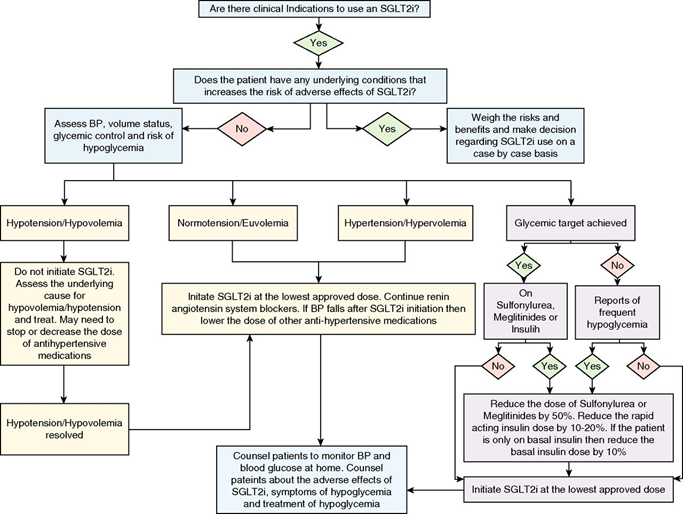
Consult Rounds Tweetorial: 1) A 60 y old female- no PMH- arrives for Fever of Unknown origin- COVID test X3 neg, no source found- blood clx, urine clx, all neg scans. - Rheum workup neg. Renal function crt 0.9-1.2mg/dl and urinalysis bland with no WBC and no RBCS, or casts
2) Infectious disease says- less likely culprit is infection- get a Tagged WBC scan.. WBC scan lights up only in the kidneys bilaterally... Renal consult called!!
3)What is your ddx for a positive WBC scan in the kidneys?
4) Would you do a kidney biopsy?
5) On further history- hydralazine was started 1 month prior for new worsening HTN.. Most of the symptoms corelate with starting of the drug- including fevers. ANCA titers, ANA, dsDNA, anti histone negative, ongoing fevers but normal crt, urinalysis with no hematuria or protein.
6) Kidney biopsy done after holding hydralazine: what do you think it will show?
7) The kidney biopsy confirmed early AIN- likely drug induced and chronic IgA nephropathy... go figure!!
8) Imaging modalities to diagnose AIN:
Gallium scan has been employed in the evaluation of AIN for the past 3 decades. Kidneys with AIN enhance as a result up the binding of gallium to lactoferrin, which is produced and released by leukocytes within the interstitium.
Gallium scan has been employed in the evaluation of AIN for the past 3 decades. Kidneys with AIN enhance as a result up the binding of gallium to lactoferrin, which is produced and released by leukocytes within the interstitium.
9)In addition, lactoferrin is found on the surface of invading inflammatory cells, primarily lymphocytes, and also binds gallium. Thus, gallium would be expected to enhance kidneys with AIN. pubmed.ncbi.nlm.nih.gov/20348147/ 

10) what about PET-scan? A single publication noted a positive 2-[18F] fluoro-2-deoxy-D glucose-positron emission tomography (FDG-PET) scan in 2 patients with severe AKI due to biopsy-proven AIN
11)Uptake of tracer in the setting of AIN is based on the premise that FDG accumulates not only in tumor cells but also in the lymphocytes, macrophages, neutrophils and fibroblasts of inflammatory lesions -- this needs further study!!! academic.oup.com/ckj/article/3/… 

12) But WBC (combined Indium-111) scan??? Here is a breakdown of various nuclear medicine scans: ncbi.nlm.nih.gov/pmc/articles/P… 

13) A rat study showed that Indium scans cannot help in AIN. jnm.snmjournals.org/content/54/sup… This study was conducted to determine if 111In-labeled leukocyte imaging (InWBC) could be used to differentiate AIN from ATN..
14) Oh well,.. AIN is a tough diagnosis to have and who knows if there will ever be an imaging to diagnose it...
end tweetorial! @threadreaderapp #unroll
end tweetorial! @threadreaderapp #unroll
• • •
Missing some Tweet in this thread? You can try to
force a refresh
















